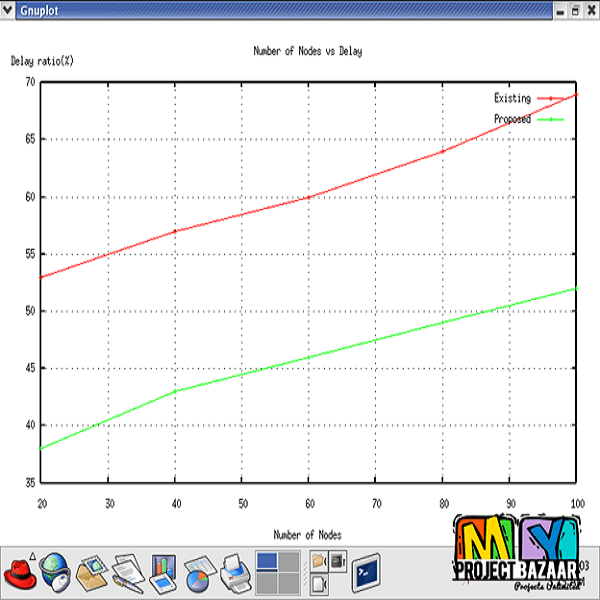A Clustering-tree Topology Control Based on the Energy Forecast for Heterogeneous Wireless Sensor Networks
Product Description
A Clustering-tree Topology Control Based on the Energy Forecast for Heterogeneous Wireless Sensor Networks
Abstract-How to design an energy-efficient algorithm to maximize the network lifetime in complicated scenarios is a critical problem for heterogeneous wireless sensor networks (HWSN). In this paper, a clustering-tree topology control algorithm based on the energy forecast (CTEF) is proposed for saving energy and ensuring network load balancing, while considering the link quality, packet loss rate, etc. In CTEF, the average energy of the network is accurately predicted per round (the lifetime of the network is denoted by rounds) in terms of the difference between the ideal and actual average residual energy using central limit theorem and normal distribution mechanism, simultaneously. On this basis, cluster heads are selected by cost function (including the energy, link quality and packet loss rate) and their distance. The non-cluster heads are determined to join the cluster through the energy, distance and link quality. Furthermore, several noncluster heads in each cluster are chosen as the relay nodes for transmitting data through multi-hop communication to decrease the load of each cluster-head and prolong the lifetime of the network. The simulation results show the efficiency of CTEF. Compared with low-energy adaptive clustering hierarchy (LEACH), energy dissipation forecast and clustering management (EDFCM) and efficient and dynamic clustering scheme (EDCS) protocols, CTEF has longer network lifetime and receives more data packets at base station.
Including Packages
Our Specialization
Support Service
Statistical Report

satisfied customers
3,589
Freelance projects
983
sales on Site
11,021
developers
175+
















